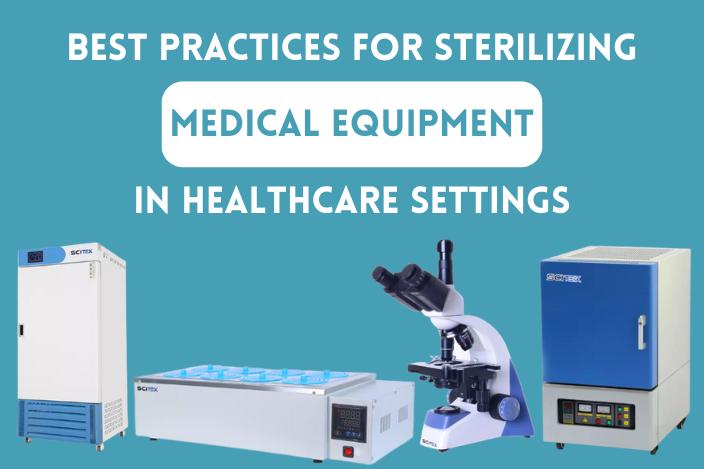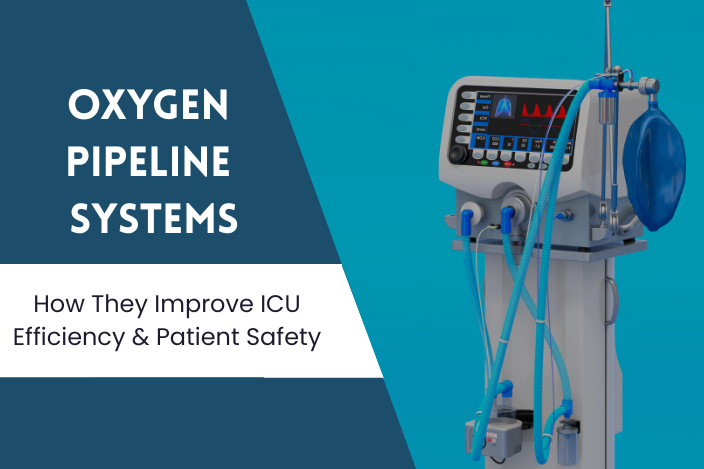
Published on 18-09-2025
Oxygen Pipeline Systems: How They Improve ICU Efficiency & Patient Safety
Introduction
Modern healthcare demands rapid, reliable, and safe delivery of medical oxygen especially in Intensive Care Units (ICUs), where every second counts. A well‑designed oxygen pipeline system reduces risks, improves response times, and supports life saving interventions. In this article, we explore the value of oxygen pipelines in ICU settings and how they enhance both patient safety and operational efficiency.
At Capri Medicals, we’re proud to contribute to healthcare environments that demand excellence in critical care infrastructure.
What Are Oxygen Pipeline Systems?
An oxygen pipeline system is a centralized gas distribution network that delivers medical grade oxygen directly from a supply source (like a bulk tank or oxygen generator) to ICU bedsides through wall or ceiling outlets. These systems are engineered for continuous flow, precise pressure control, and minimal manual handling.
Oxygen pipeline systems are now considered standard in modern hospital design due to their ability to streamline care delivery, reduce hazards, and ensure constant oxygen availability.
Why Oxygen Pipeline Systems Matter in ICUs
Oxygen pipelines are more than convenience they are critical infrastructure for life support. Here’s why they matter:
-
Consistent and Immediate Access: Patients receive uninterrupted oxygen therapy without the delays or limitations of portable cylinders.
-
Improved Staff Efficiency: Medical staff can focus on treatment instead of managing heavy oxygen cylinders or handling frequent replacements.
-
Better ICU Layout: Fixed wall outlets create an uncluttered and safer working environment, reducing infection risk and improving mobility around beds.
-
Pressure and Flow Accuracy: Pipelines ensure precise control of oxygen levels crucial for ventilated and high-dependency patients.
-
Built-In Safety: These systems often include alarms, backup sources, pressure regulators, and zone valves to prevent overpressure, contamination, or failure.
How Oxygen Pipelines Work (Steps / Infrastructure)
-
Central Supply Source
This could be a bulk liquid oxygen tank or an oxygen generator system that produces oxygen onsite. The source feeds the entire pipeline network. -
Pressure Regulation Units
These regulate the pressure to safe levels before distributing oxygen to different hospital zones. -
Pipeline Network
Medical-grade copper or stainless-steel pipes transport oxygen through the ICU, terminating at user points like wall outlets. -
Zone Valves
These allow isolation of specific areas for maintenance or emergencies without disrupting the entire hospital's oxygen supply. -
Terminal Outlets & Accessories
Each ICU bed is equipped with wall-mounted outlets connected to flowmeters, humidifiers, or ventilators. -
Alarm and Monitoring Systems
These notify staff of pressure drops, leaks, or oxygen purity issues, ensuring constant patient safety.
Common Questions or Misconceptions
Q: How does this system differ from oxygen cylinders?
A: Cylinders need to be physically replaced when empty, which introduces time delays and labor. Pipelines provide instant, continuous oxygen, eliminating the logistics and risks associated with manual handling.
Q: What if there’s a system failure?
A: Reliable oxygen pipeline systems include backup cylinders, dual source switchover mechanisms, and emergency alarms. When installed correctly, they’re safer than relying solely on individual cylinders.
Q: Is it only viable for large hospitals?
A: While ideal for large facilities, even mid-sized clinics with ICUs benefit from pipeline systems. Capri Medicals can help tailor solutions based on your size, patient load, and infrastructure.
Q: Is maintenance difficult?
A: Not at all. With proper installation and scheduled inspections, oxygen pipeline systems are low maintenance, durable, and built for long-term reliability.
Conclusion
Oxygen pipeline systems dramatically enhance ICU care by ensuring consistent oxygen delivery, streamlining workflows, and reducing safety hazards. They support faster emergency response, improve infection control, and make life easier for clinicians on the front lines.
At Capri Medicals, we offer expert guidance and support in designing and implementing oxygen pipeline systems that match your clinical needs. Whether you're upgrading an ICU or building new, our solutions are rooted in safety, efficiency, and long-term value.
Contact us today to learn how we can transform your facility’s oxygen infrastructure for better patient outcomes.

.png)
.png)
.png)
.png)
.png)
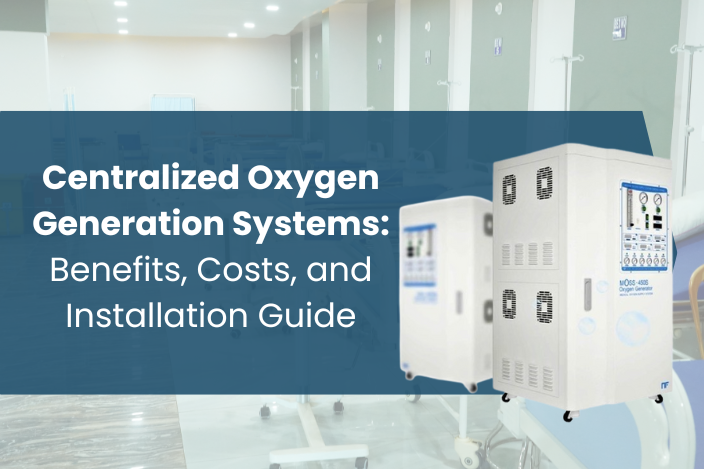
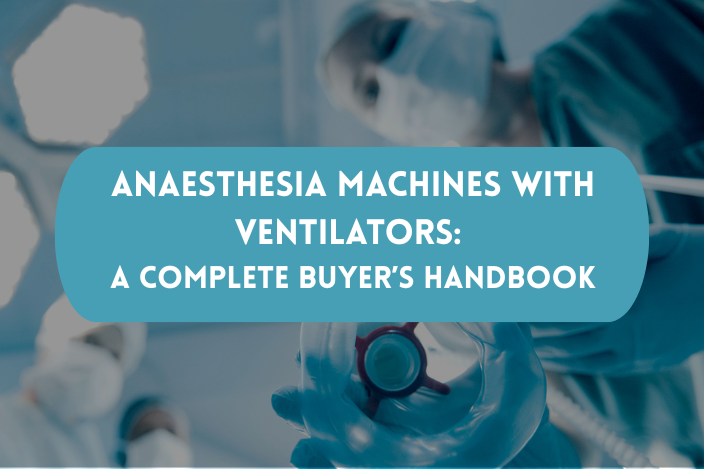
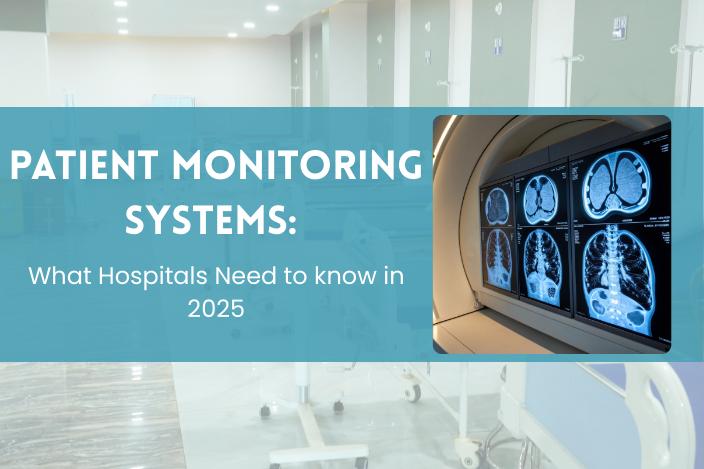
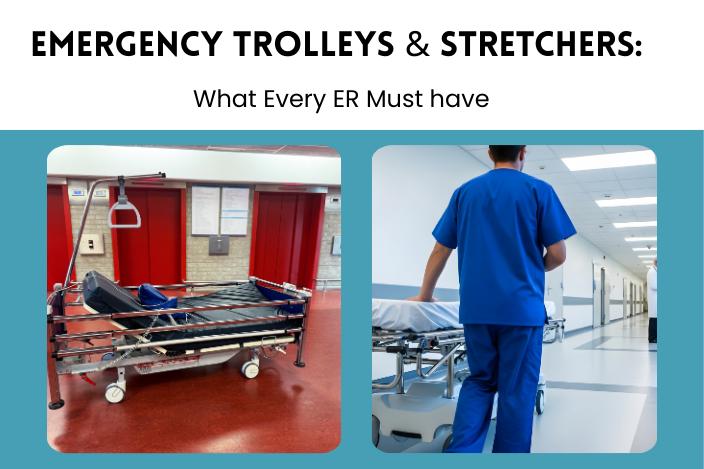
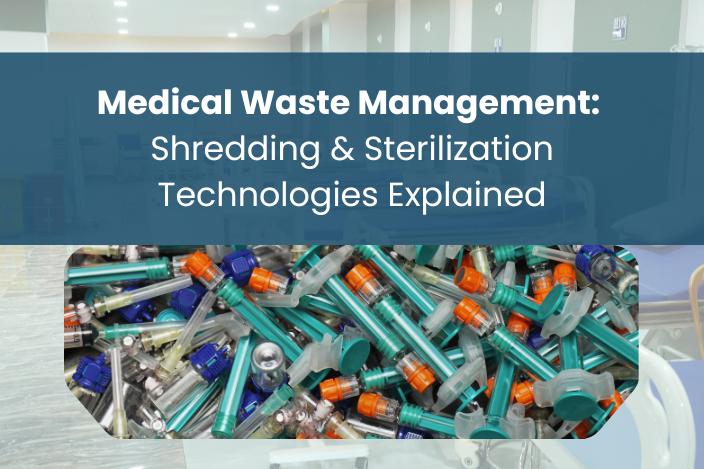
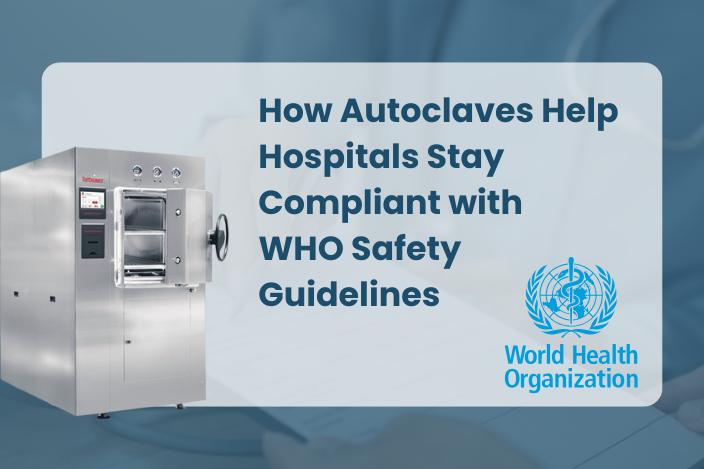
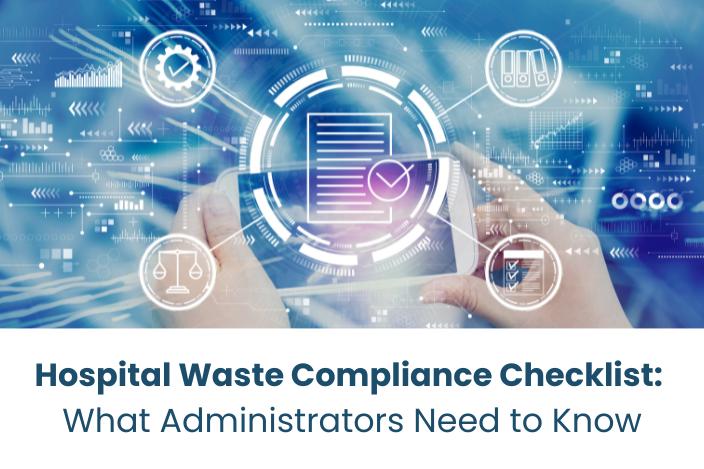
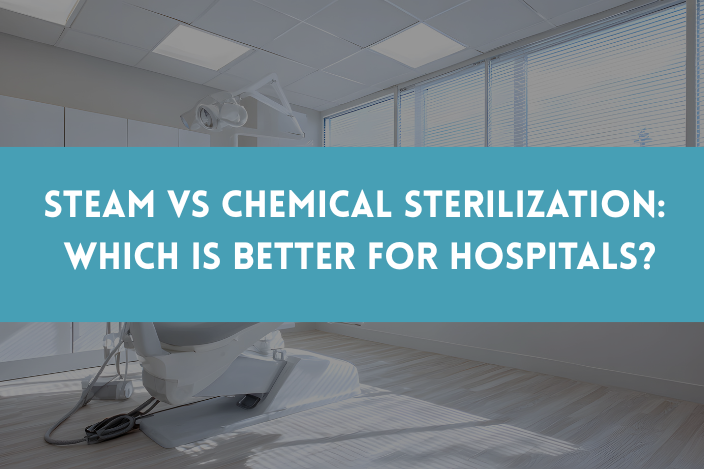
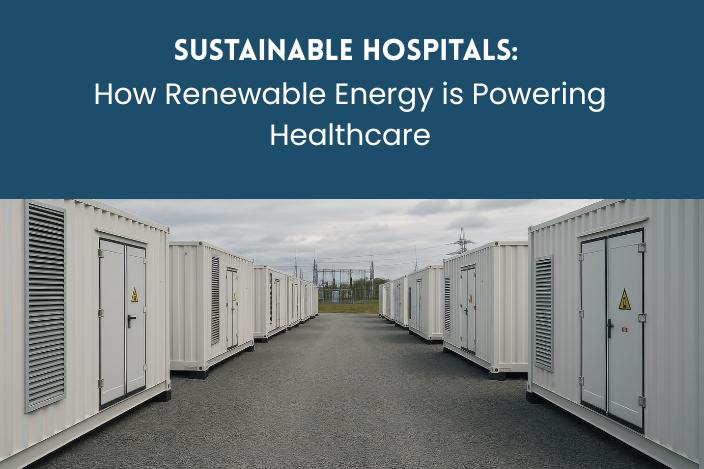
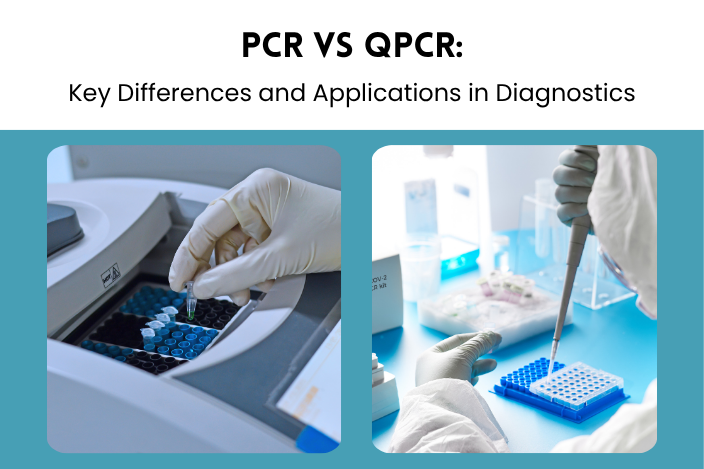


.png)
